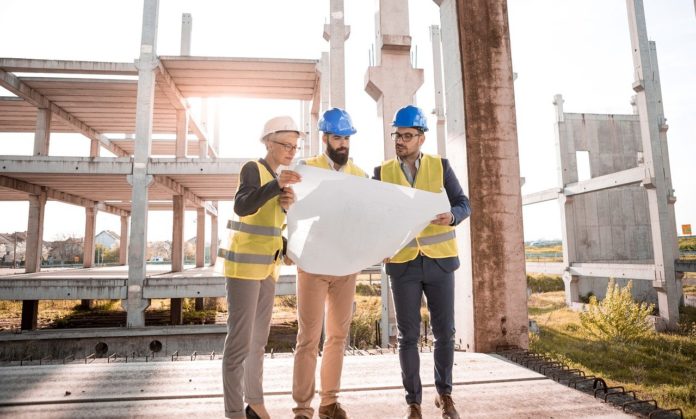Covid-19 has caused a lot of disruption in the world of work, but that isn’t to say good things haven’t come around as a result. In times of hardship, resilient organisations learn how to adapt and thrive.
This has led to many businesses incorporating remote working practices and embracing more flexible working – not only allowing them to function optimally but also providing improved work-life balance for their employees. As well as this, the pandemic has forced us to look at, and improve, other areas of health and safety.
For businesses now fully back in the office, the physical and mental well-being of their employees is of utmost importance. As such, ventilation and Indoor Air Quality have come into the limelight.
Table of Contents
An Increased Focus on Indoor Air Quality
While indoor air quality has been of real concern for facilities managers since the pandemic began in 2020, business owners and business managers are now having to answer more and more detailed questions about ventilation, including how they are improving airflows and how they are putting measures in place to dilute airborne viral loads.
This increased scrutiny has led to a focus on relative humidity (RH), given that viruses tend to thrive when air is drier.
This is something we’ve known for a while and has been observed in lab experiments. For example, one test which looked at how flu spread among groups of guinea pigs saw that in moist air, the flu struggled to build momentum, while drier conditions led to it spreading like wildfire.
Jeffrey Shaman from Columbia University attests to the fact that flu epidemics most commonly follow drops in air humidity.
A Long-Term Change for the Better
University of Leeds’ Professor Cath Noakes of the Scientific Advisory Group for Emergencies (SAGE) has been helping the UK government navigate the pandemic.
Noakes argues that this renewed focus on air quality should be a long-term focus – something we ensure buildings are protected for in the years to come. Once the pandemic has levelled out, businesses should avoid falling back to poorly-ventilated spaces that are breeding grounds for viruses and other airborne threats.
Encouraging High Standards For Air Quality
As a business, your heart might be in the right place, but that doesn’t mean you are following the right measures for a well-ventilated workspace. For example, simply turning up the ventilation is not good enough – offices need a controlled mechanical system, which needs to be properly maintained.
This will be a rude awakening for certain businesses which, as Noakes claims, were not even achieving current standards for air quality, or had no proper ventilation at all.
Offices should also be cautious of opting for ‘natural’ choices when it comes to ventilated spaces. Simply keeping a door or window open won’t necessarily do the job, as you are dependent on certain conditions such as wind direction and temperature.
Where mechanical systems are in place, the introduction of natural ventilation can compete and make the systems inefficient.
Compliance and the Future of Air Quality Standards
What does this all mean for businesses going forward? It’s likely that we will see increased measures and legal requirements concerning air quality and the measuring of CO2 concentrations – a fairly straightforward way to establish whether a ventilation strategy is working well.
Part F of the Building Regulations (currently under review) could be used to address these air quality measures, which will likely be introduced in the upcoming Environment Bill.
The issue of air quality and humidity control is and will remain, a pressing area of concern for facilities managers and business owners, as they are forced to confront health and safety issues that pose a threat to their employees, their health and their wellbeing.
About the Author: Steve Tomkins, Head of Business Development at SFG20, is a chartered engineering leader with over 20 years of engineering maintenance & management experience working in the Facilities Management, Construction, Rail & Automotive sectors.














